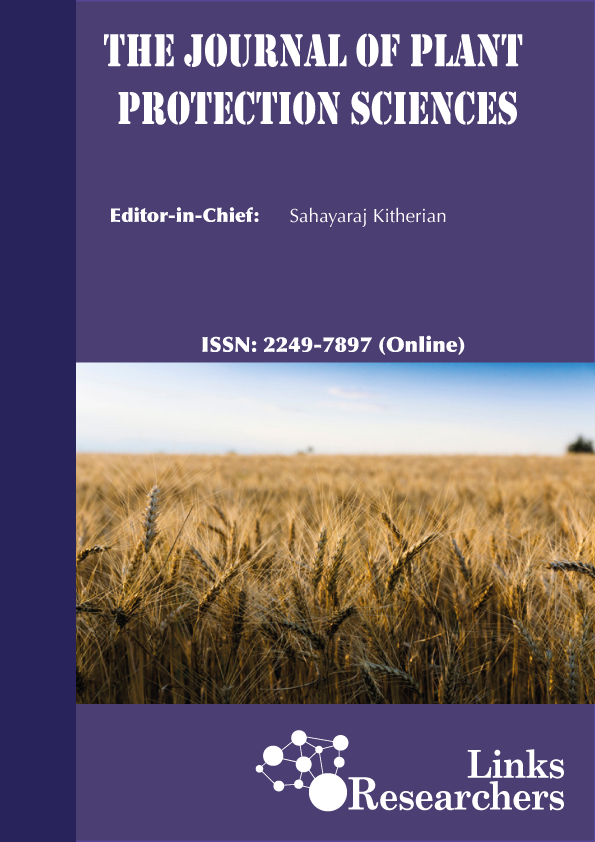Muhammad Arif1, Fazal Jalal1, Mohammad Tariq Jan1, Dost Muhammad2
Sitansu Pan and Amrita Das
A.A. Oyerinde, P.Z. Chuwang, P.Z. and G.T. Oyerinde
A. Sajeena and T. Marimuthu
Parvez Khaliq*, Muhammad Azim Malik** and M. Aslam Gill***
Imtiaz Ahmad Qamar*, Maqsood Ahmad*, Gulshan Riaz* and Sartaj Khan*
Muhammad Arshad Ullah*, Nazir Hussain**, Helge Schmeisky*** and Muhammad Rasheed****
Naila Shahzadi1, Hafiz Muhammad Tahir1*, Shaukat Ali1, Muhammad Farooq Bhatti2, Azizullah1, Shafaat Yar Khan3, Abdul Khaliq4
Rabia Bibi1, R. Muhammad Tariq2, Samir A.M. Abdelgaleil3 and Munawwer Rasheed1, 4*
Nosheen Jehajo*, Nasreen Memon, Mansoor Ali Shah and Naheed Shah
M. M. A. Youssef1†, Wafaa M. A. El-Nagdi1, and Mona G. Dawood2
W.M.A. El-Nagdi and M.M.A. Youssef†
I. Umar† and A. Mamman*
Nosheen Jehajo* and Naheed Shah
Mahmoud Mohamed Ahmed Youssef and Wafaa Mohamed Abd - El-Hameed El-Nagdi
Muhammad Faizan1, Muhammad Nasir1, Muhammad Waqar Hassan1*, Ghulam Sarwar2 and Moazzam Jamil3
Zakia Panhwar1, Arfan Ahmed Gilal1*, Lubna Bashir Rajput1, Jamal-U-Ddin Hajano2, Shafique Ahmed Memon3, Naimatullah Koondhar4, Muhammad Ibrahim Kubar1
Elbeshehy, E. K.F. and Sallaml, A.A.A.
S. A. Sidaros*, S. A. EL-Kewey*, Eman A. H. khattab**, M. M. ELsharkawy*








